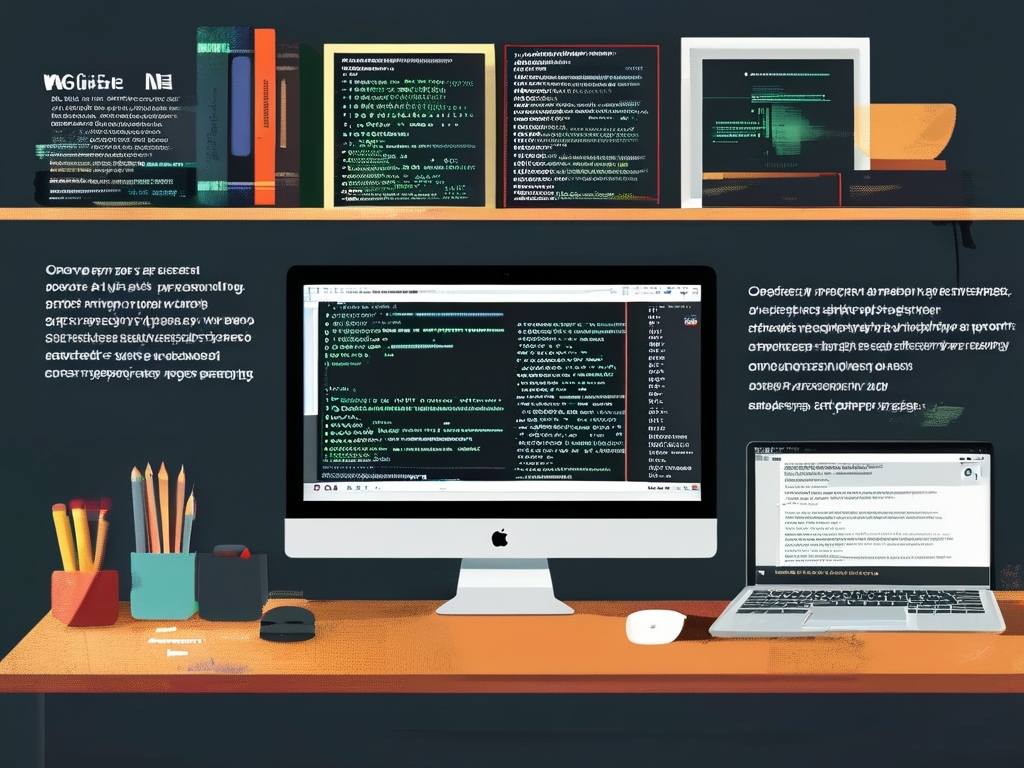At the heart of every software application lies a critical transformation process – the journey from human-readable code to machine-executable instructions. This metamorphosis is orchestrated by compilers, sophisticated programs that bridge the gap between programming languages and computer architecture. Understanding how compilers operate reveals not just technical wizardry, but fundamental principles that shape modern computing.

A compiler's workflow typically unfolds through multiple precision-driven stages. The process begins with lexical analysis, where the compiler scans raw source code to identify basic elements called tokens. Consider a simple arithmetic expression:
result = (x + 5) * y
The lexer would break this into tokens: result, =, (, x, +, 5, ), *, y. This tokenization creates the building blocks for subsequent analysis.
The syntax analysis phase then organizes these tokens into hierarchical structures using formal grammar rules. Modern compilers employ parser generators like Bison or ANTLR to construct abstract syntax trees (ASTs). For our example expression, the AST would represent the operator precedence explicitly, ensuring multiplication follows addition as per mathematical rules.
Semantic analysis adds crucial context to the AST. Type checking verifies variable compatibility, while scope resolution ensures identifiers are properly declared. This phase might detect errors like adding integers to strings or using undefined variables – issues that syntax analysis alone cannot catch.
Advanced compilers then generate intermediate representation (IR) code, a platform-agnostic format that enables architecture-independent optimizations. LLVM's IR exemplifies this approach, allowing code optimizations to be shared across different compiler frontends. For instance:
%tmp = add i32 %x, 5 %result = mul i32 %tmp, %y
This intermediate step separates language-specific features from hardware-specific concerns, enabling multi-target compilation.
The optimization engine performs transformative magic through various techniques:
- Dead code elimination removes unused computations
- Loop unrolling enhances execution speed
- Constant folding pre-calculates static expressions
- Instruction scheduling maximizes pipeline efficiency
These optimizations can dramatically improve performance. For example, a loop counting from 1 to 100 might be replaced with direct memory operations after optimization.
Code generation translates optimized IR into machine-specific instructions. This phase requires deep understanding of target architectures – register allocation strategies, instruction selection, and addressing modes. Modern compilers like GCC and Clang maintain detailed architecture descriptions for various processors.
The final stage involves linking and assembly, where multiple object files merge into executable binaries. Linkers resolve external references and apply relocation adjustments, while assemblers convert symbolic machine code into binary opcodes.
Contemporary compiler design incorporates sophisticated features:
- Just-In-Time (JIT) compilation for dynamic languages
- Profile-guided optimization using runtime data
- Automatic vectorization for SIMD architectures
- Security enhancements like stack protection
Debugging modern compilers requires specialized tools. A developer might use LLVM's opt tool to inspect optimization passes or generate compiler intermediate outputs with flags like -fdump-tree-all in GCC.
The evolution of compiler technology continues to shape software development. WebAssembly compilers enable near-native browser execution, while AI-assisted compilers like Facebook's AITemplate optimize neural network computations. As quantum computing emerges, new compiler paradigms will be needed to manage qubit operations and error correction.
Understanding compiler mechanics empowers developers to write more efficient code. Recognizing how loops translate to machine instructions or how data types affect register usage leads to performance-aware programming. Moreover, compiler knowledge is invaluable when working with domain-specific languages or implementing custom syntax extensions.
From the first FORTRAN compiler in 1957 to today's AI-driven optimizing compilers, these remarkable tools remain essential in transforming human ideas into digital reality. As computing architectures grow more complex, compilers will continue to play a pivotal role in managing technological evolution while preserving programmer productivity.



